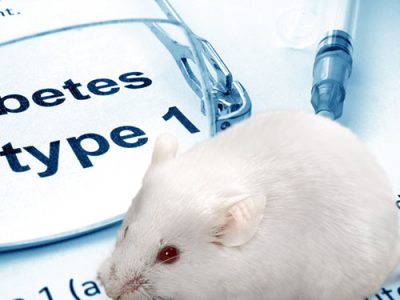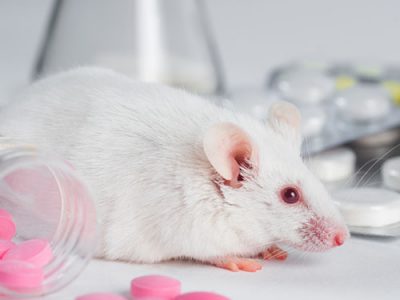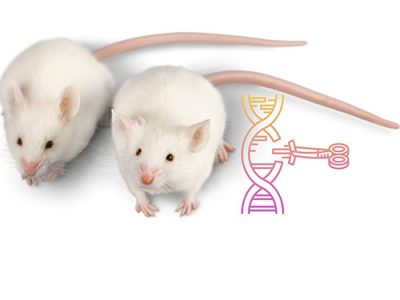Obesity has a range of possible causal factors. Still, since food intake typically has a significant influence on the size and shape of our body, most characterizations of animal models include assessments of body fat, plasma leptin, insulin and glucose, and other related parameters.
Our established models have been used extensively in this research area and cover the most important types of models. We rely on vast knowledge and experience to customize the optimal model, dosages, and tools to provide the best results.
Glucose Tolerance Tests (GTT)

The most commonly used method for assessing glucose homeostasis in rodents is the glucose tolerance test (GTT). The glucose tolerance test is used in research...
NOD Mice

Type I Diabetes is an autoimmune disease extensively researched through many immunological models. One of the most valuable models is the Non-Obese Diabetic mouse due...
STZ – to induce Type I Diabetes

Type I Diabetes is characterized by the loss of insulin-producing β-cells in the pancreas leading to a deficiency in insulin production and secretion resulting from...
Db/db-Induced by genetic defection

The db/db mouse model of leptin deficiency is currently the most widely used mouse model of Type II Diabetes. This mouse has a mutation in...
Obesity models

The mouse model of diet-induced obesity has become one of the most critical tools for understanding the interplay of high-fat diets and the development of...
